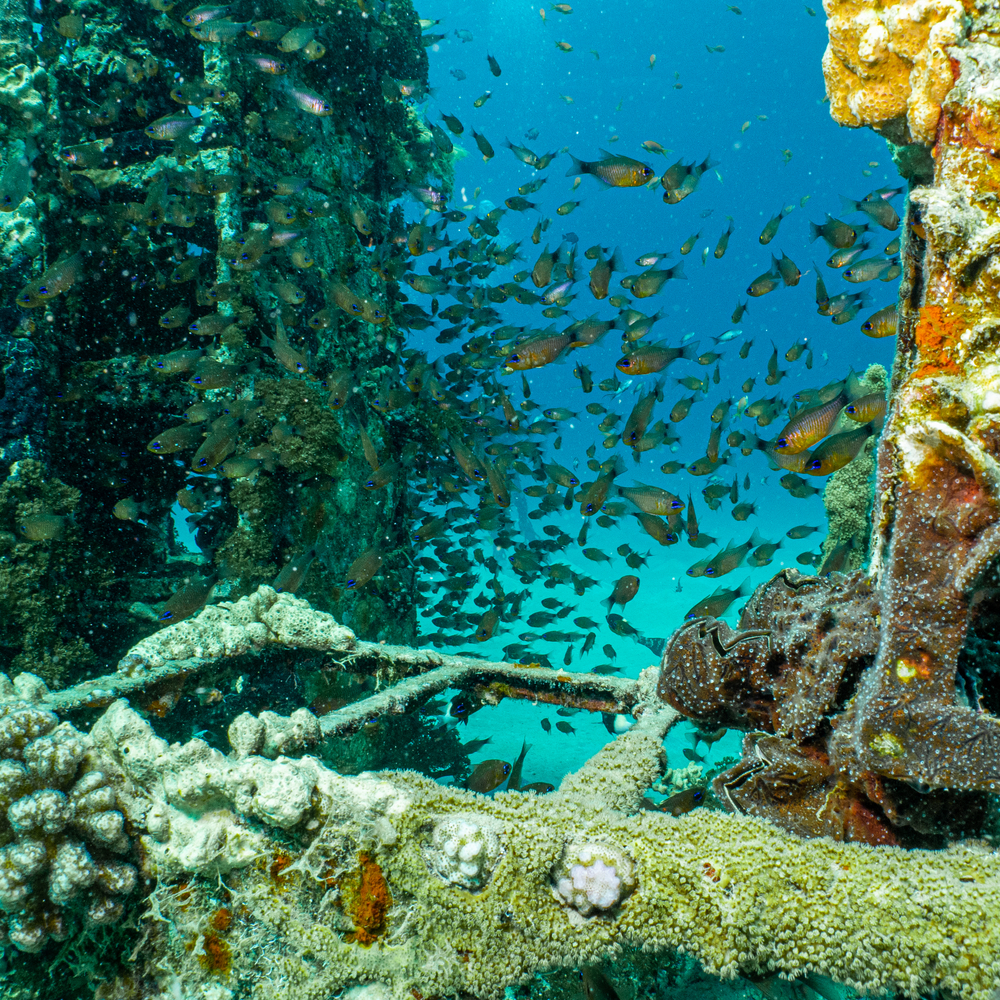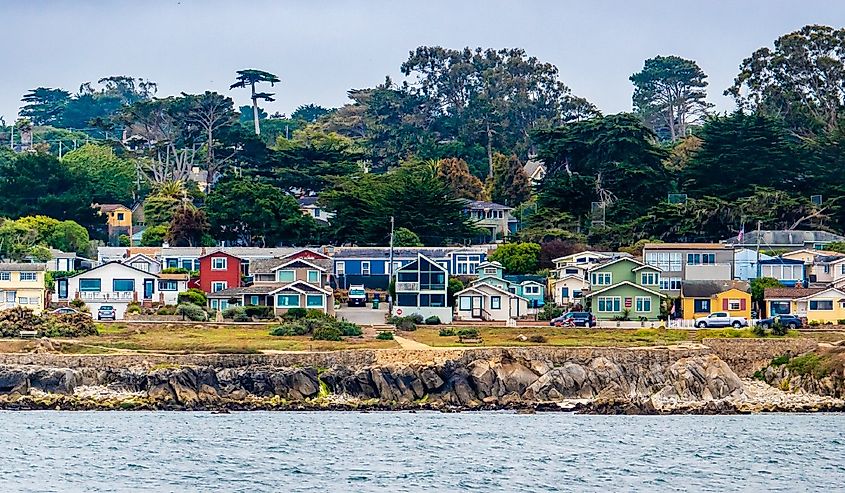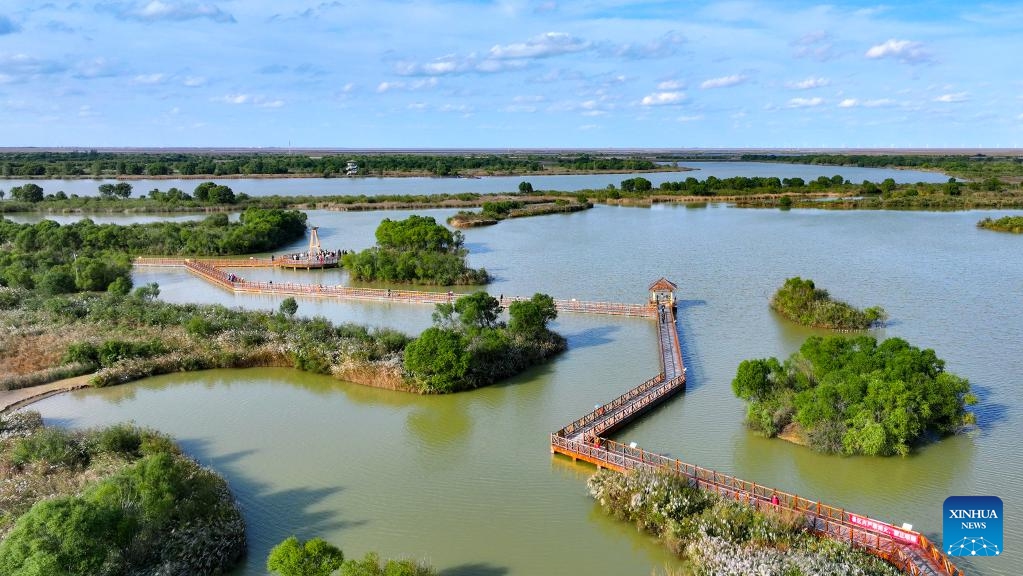Congress Unveil the Marine Fisheries Habitat Protection Act – Seafoodnews

Legislative Report: The Marine Fisheries Habitat Protection Act (H.R. 5745)
Introduction
A bipartisan legislative initiative, the Marine Fisheries Habitat Protection Act (H.R. 5745), has been introduced in the U.S. Congress by Representatives Troy A. Carter, Sr. (D-LA), Mike Ezell (R-MS), and Marc Veasey (D-TX). The act is designed to provide a framework for the environmentally responsible decommissioning of offshore oil and gas platforms by converting them into permanent artificial reefs. This initiative directly supports several United Nations Sustainable Development Goals (SDGs) by promoting marine conservation and sustainable economic activity.
Key Legislative Objectives
- To establish a federal support mechanism for the conversion of decommissioned offshore oil and gas platforms into artificial reefs.
- To enhance the conservation and protection of marine ecosystems and habitats.
- To provide economic benefits to the fishing sector through the creation of robust marine habitats that support fish populations.
Alignment with Sustainable Development Goals (SDGs)
The Marine Fisheries Habitat Protection Act demonstrates a significant commitment to achieving key SDG targets, particularly those related to environmental stewardship and sustainable economic growth.
-
SDG 14: Life Below Water
- Ecosystem Conservation (Target 14.2): The primary goal of converting rigs into reefs is to sustainably manage and protect marine ecosystems. These structures serve as complex, hard-substrate habitats that increase biodiversity and support a wide range of marine life.
- Marine Pollution Reduction (Target 14.1): This legislation promotes a method of decommissioning that avoids potential environmental disruption and pollution associated with the complete removal and onshore disposal of large marine structures.
-
SDG 9: Industry, Innovation, and Infrastructure
- Sustainable Infrastructure (Target 9.1): The act represents an innovative approach to industrial lifecycle management, repurposing aging infrastructure for a new, sustainable purpose that benefits the environment and society.
-
SDG 8: Decent Work and Economic Growth
- Sustainable Economic Support: By fostering healthier and more abundant fish stocks, the artificial reefs directly support the long-term economic viability of commercial and recreational fishing industries, which are vital to coastal communities.
-
SDG 17: Partnerships for the Goals
- Multi-Stakeholder Collaboration (Target 17.17): The bipartisan sponsorship of the bill exemplifies an effective public partnership aimed at achieving shared goals for environmental protection and sustainable development.
Analysis of Sustainable Development Goals in the Article
-
Which SDGs are addressed or connected to the issues highlighted in the article?
-
SDG 14: Life Below Water
This is the most directly relevant SDG. The article focuses on the “Marine Fisheries Habitat Protection Act,” which aims to enhance “marine conservation” and “conserve marine ecosystems.” The core purpose of the legislation—transforming decommissioned oil rigs into artificial reefs—is a direct action to protect and restore life below water.
-
SDG 9: Industry, Innovation and Infrastructure
The article discusses an innovative approach to industrial infrastructure. Instead of simply removing “offshore oil and gas platforms,” the act promotes their transformation into artificial reefs. This represents a sustainable retrofitting of industrial infrastructure for an environmental purpose, aligning with the goal of making industries more sustainable.
-
SDG 17: Partnerships for the Goals
The article explicitly mentions that the legislation is a “bipartisan effort” involving Congressmen from different political parties (D-LA, R-MS, D-TX). This collaboration to create a policy for sustainable development is a clear example of the partnerships required to achieve the SDGs.
-
-
What specific targets under those SDGs can be identified based on the article’s content?
-
Target 14.2: Sustainably manage and protect marine and coastal ecosystems
The article states the act’s purpose is to “conserve marine ecosystems” by creating artificial reefs. This action directly contributes to protecting marine habitats from the potential damage of complete rig removal and helps restore them by providing new structures for marine life, thereby strengthening their resilience.
-
Target 14.5: Conserve at least 10 per cent of coastal and marine areas
By transforming oil rigs into permanent artificial reefs, the legislation helps create and conserve specific marine areas that serve as protected habitats. These new reefs contribute to the overall conservation of marine zones, which is the objective of this target.
-
Target 9.4: Upgrade infrastructure and retrofit industries to make them sustainable
The act encourages the “careful dismantling of offshore oil and gas platforms” and provides assistance to “transform more decommissioned oil rigs into artificial reefs.” This is a direct example of retrofitting old industrial infrastructure for a new, sustainable purpose (habitat creation) rather than simply discarding it.
-
Target 17.14: Enhance policy coherence for sustainable development
The introduction of the “Marine Fisheries Habitat Protection Act (H.R. 5745)” as a “bipartisan effort” is an example of creating coherent national policy. It aligns industrial decommissioning practices with environmental conservation goals, demonstrating policy coherence for sustainable development.
-
-
Are there any indicators mentioned or implied in the article that can be used to measure progress towards the identified targets?
-
Implied Indicator for Target 14.2: Number of decommissioned oil rigs converted into artificial reefs.
The article’s central theme is the transformation of oil rigs. Therefore, a direct way to measure the progress of this act would be to count the number of platforms that are successfully converted into artificial reefs, indicating direct action to protect and enhance marine ecosystems.
-
Implied Indicator for Target 9.4: Number of industrial platforms retrofitted for sustainable purposes.
Similar to the indicator above, tracking the number of “decommissioned oil rigs” that are repurposed under this act would measure the progress of retrofitting industrial infrastructure for environmental and sustainable benefits.
-
Implied Indicator for Target 17.14: The existence of the bipartisan legislation (H.R. 5745).
The article highlights the act itself as a “bipartisan effort.” The successful passage and implementation of this legislation would serve as a qualitative indicator of enhanced policy coherence, showing that different political parties can collaborate on laws that promote sustainable development.
-
Summary Table of SDGs, Targets, and Indicators
| SDGs | Targets | Indicators |
|---|---|---|
| SDG 14: Life Below Water | 14.2: Sustainably manage and protect marine and coastal ecosystems. | The number of decommissioned oil rigs converted into artificial reefs to conserve marine ecosystems. |
| 14.5: Conserve at least 10 per cent of coastal and marine areas. | The area of marine habitat conserved or created through the artificial reef program. | |
| SDG 9: Industry, Innovation and Infrastructure | 9.4: Upgrade infrastructure and retrofit industries to make them sustainable. | The number of offshore oil and gas platforms retrofitted for a sustainable purpose (artificial reefs). |
| SDG 17: Partnerships for the Goals | 17.14: Enhance policy coherence for sustainable development. | The passage and implementation of the bipartisan Marine Fisheries Habitat Protection Act (H.R. 5745). |
Source: seafoodnews.com
What is Your Reaction?
 Like
0
Like
0
 Dislike
0
Dislike
0
 Love
0
Love
0
 Funny
0
Funny
0
 Angry
0
Angry
0
 Sad
0
Sad
0
 Wow
0
Wow
0



















































.jpg.webp?itok=0ZsAnae9#)
























